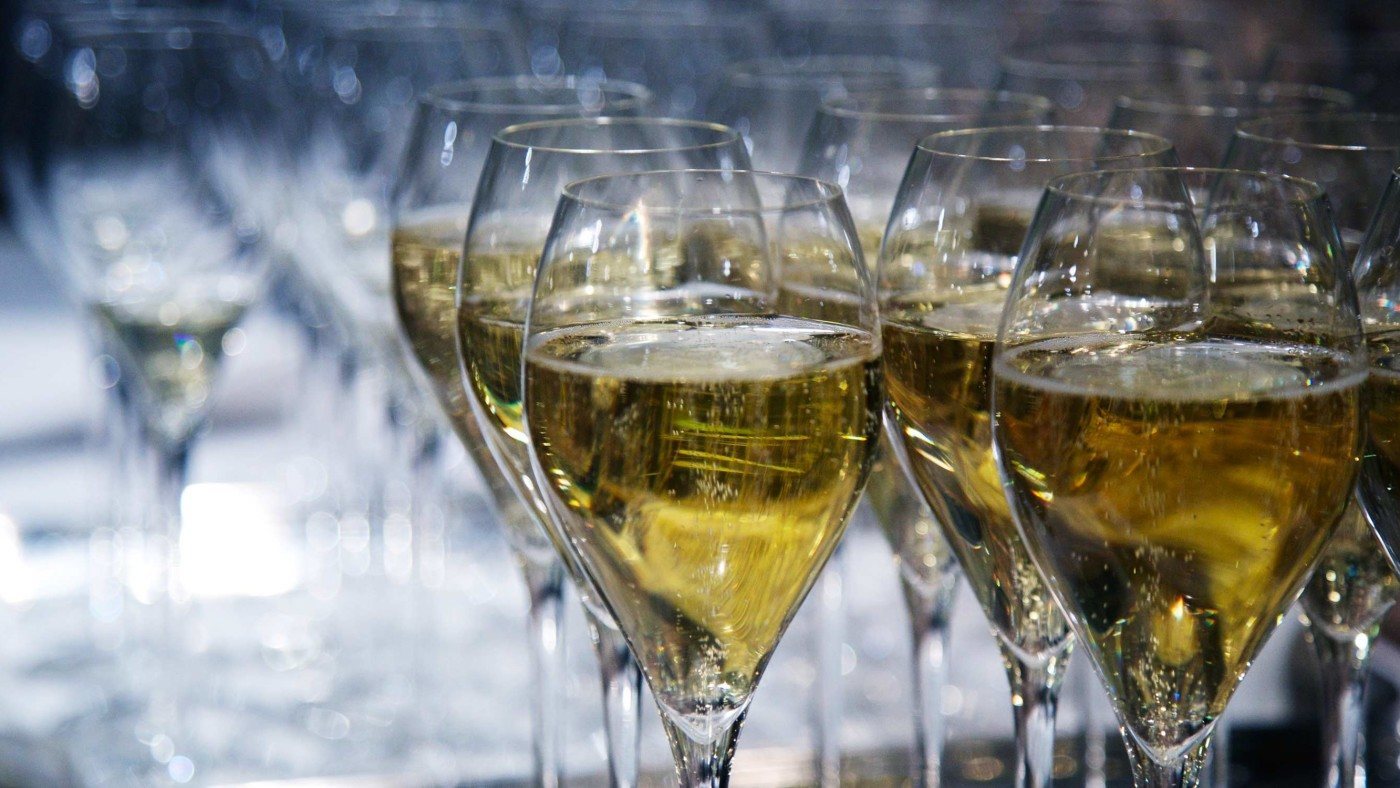Sir Winston Churchill described it as ‘the world’s most drinkable address,’ and certainly on a clear, Spring day a stroll down Épernay’s Avenue de Champagne feels like one of the greatest joys on the wine route. This region, which sits around 90 miles north east of Paris is surprisingly large, producing more than 350 million bottles a year farmed by more than 15,000 individual growers.
Walking down the tree lined avenue, believed by locals to be more valuable than the Champs-Élysées due to the large number of Champagne bottles stored underneath, one passes names that for any lover of this wine instantly lift the mood: Moët & Chandon, Pol Roger, Mercier and De Castellane.
At the foot, just off the Place de la République, on 11 rue Flodoard sits Ets Salvatori, a tiny shop known to collectors and amateurs as one of the world’s best to buy vintage Champagne.
Sadly, last month, Jacqueline Salvatori, who founded the shop in 1952 with her husband, passed away at the age of 89. I fondly recall several visits there, where, browsing through a plastic leather folder, what was known as ‘the book of dreams,’ one could find all sorts of oddities including rare vintages of Dom Pérignon, Taittinger and Pol Roger at prices a fraction of those found in London or New York. When I called recently from London, the shop was still open and let us hope it continues to trade.
Sparkling wine is going through something of a purple patch of late. Sales of all wines in the category: Prosecco, English sparkling wine and other examples from Australia, Italy and Australia are growing. There are more than 2 billion bottles produced globally with France leading the way followed by Italy and Germany.
But at this time of year, just weeks away from Spring, it is to the chalky hills of Champagne where our thoughts turn.
As Hugh Johnson writes, what makes Champagne so attractive is its unique combination of ‘freshness, richness, delicacy and raciness.’
The very best examples exude an aroma of powdery chalk with white fruit, citrus notes and of course that familiar yeasty or biscuity bite. It is the bubbles which really excite, produced through a process whereby the wine undergoes a secondary fermentation in the bottle.
The region itself, which spans around 86,000 acres, sits between three towns Reims, Épernay and Äy. Like many great wine producing areas in France, vineyards were planted in the 4th and 5th centuries. The land itself has always benefitted from being placed at the cross roads of two trade routes. East and west, from Paris to Germany and north and south, between Flanders and Switzerland. We know from the Oxford Companion to Wine that these routes not only guaranteed its prosperity but also made it a major theatre of war. In AD 455 Attila the Hun was defeated at Châlons-Sur-Marne and the Marne valley was bitterly fought over in the First World War when Épernay was briefly occupied by the German army who reached the outskirts of Reims.
Visiting Reims, as well as taking in its magnificent 13th-century Gothic cathedral, I always recommend a trip to the Monument aux Morts, which commemorates those who fell in the City. Nearby is the place where the Allied Commander General Eisenhower created his headquarters and signed the surrender of Nazi Germany with Alfred Jodl, commander-in-chief of the Wehrmacht on May 7, 1945.
It wasn’t until the 17th century, under the guidance of Dom Pérignon, a viticulturalist and monk at the Abbey of Hautvillers, that the secondary fermentation in the bottle was commercialized. A thirsty domestic market in Paris, as well as London, coupled with stronger bottles manufactured by British glass makers guaranteed its growth and prosperity.
The secret to Champagne’s success is twofold. The soft chalky soil which both retains moisture and stores heat imparts in the wine Champagne’s distinctive dry, crisp flavor – what professional wine critics describe as minerality.
As Champagne expert Tyson Stelzer writes in ‘The Champagne Guide 2016-2017’ “Champagne is very much more than fruit and acid, sugar and bubbles. Minerality adds a structural intensity.”
The second factor is its latitude where the cold northern climate puts grape ripening on a knife edge and imparts in the wine its thrilling acidity.
There are three grapes which dominate. Pinot Noir which adds power and complexity to the final blend, Chardonnay which planted at this latitude imparts elegance and a white fruit character to the blend and Pinot Meunier which adds a softness and floral character.
Tyson Stelzer, the Australian Champagne critic, was recently in London and I was fortunate enough to join him for a fascinating tasting at Bibendum restaurant. He argues that the region has never been in better shape and that a new, younger generation has reinvigorated both the established houses and those of grower Champagnes too. He points to Bollinger, Egly-Ouriet, Krug and Salon as the top houses at the top of their game to which I would add Pol Roger. Over the course of a few hours he introduced me to some stunning wines, which are some of the best examples of their style in the world. Here are a few to try.
Three to Buy
Pierre Péters Cuvée Spéciale Blanc de Blancs Les Chétillons 2008
This is very much a heads up as this wine, when released, will be one to snap up. The nose is absolutely astonishing with an ethereal, chalky powder feel coupled with notes of citrus and lemon. The finish is elegant and precise. Very, very good.
Billecart-Salmon Cuvée Nicolas François Billecart 2002
I really enjoyed this Champagne. What hits you first is its clean, precise feel with plenty of tension and a dry, creamy, easy to appreciate finish.
This is a big, generous, full flavoured wine that can, quite frankly do with a few years in the cellar. It smells of creamy oak and reminds one of an aged Meursault. Still very youthful it has a rounded, generous finish.


